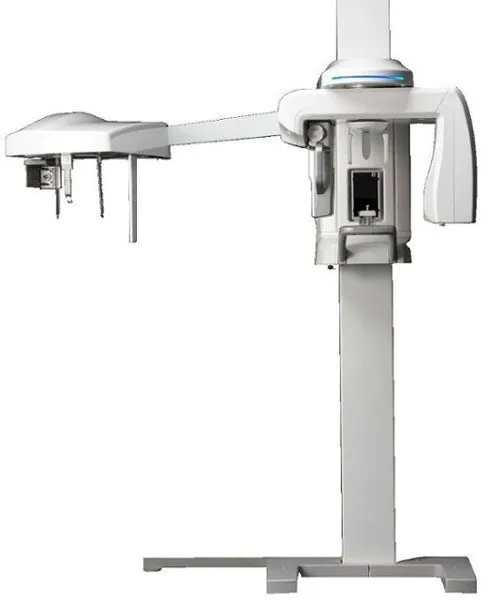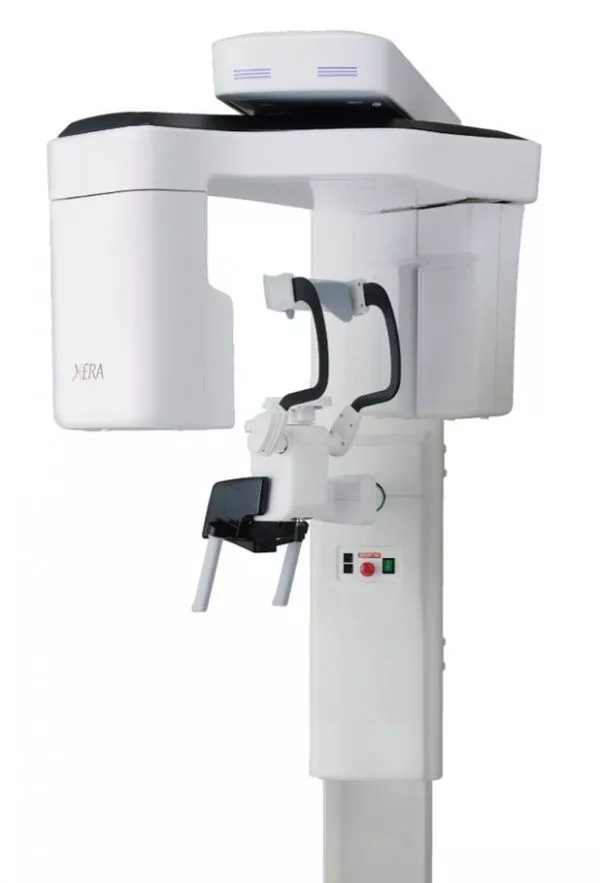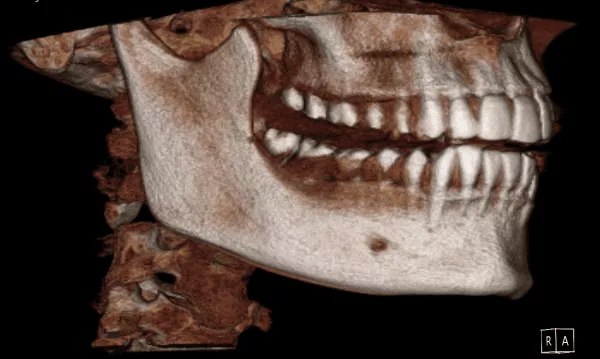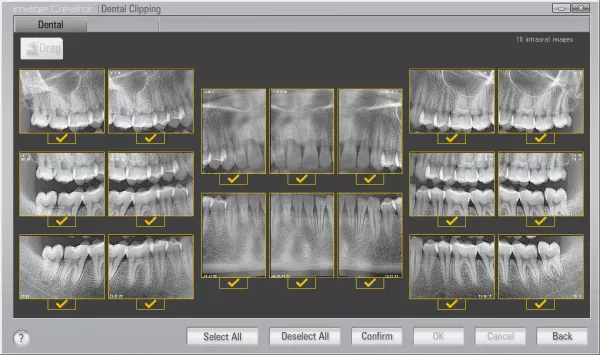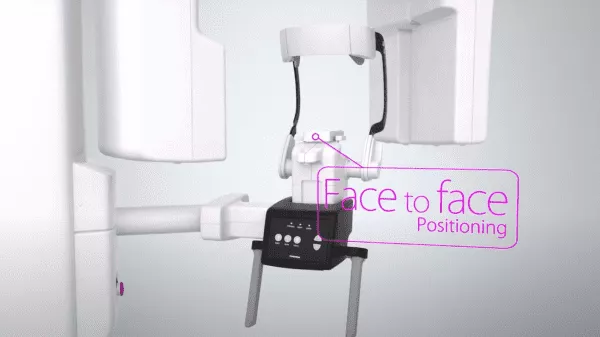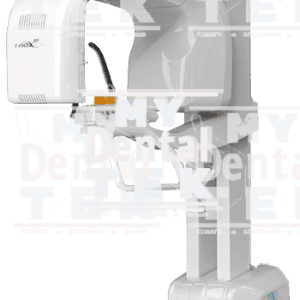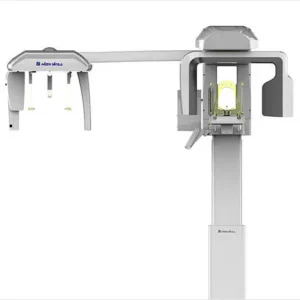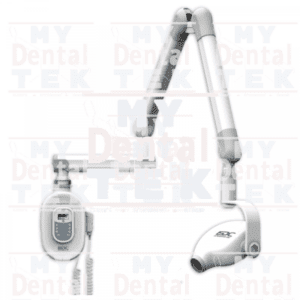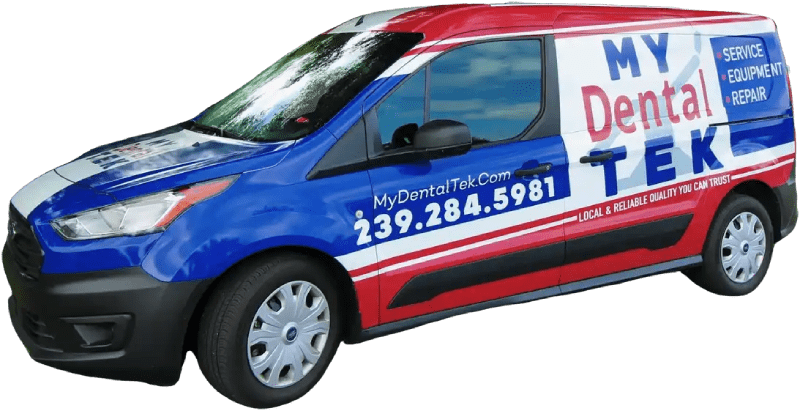ImageWorks | Panoura X-era 3D Dental CBCT Scanner
he ImageWorks X-era 3D CBCT with Ceph (with Acq PC) produces 3D dental imaging using a rotating gantry attached to an X-ray source and detector. The X-era system delivers state of the art high-quality imaging, it also increases productivity by decreasing the time spent on the image-capturing process. The data acquired from a CBCT machine is used to reconstruct a three-dimensional image of the patient’s anatomy, thus reducing the risk of retaking the x-ray. The ImageWorks X-era CBCT incorperates one of the smallest sized focal points in the industry, at 0.2 mm the x-era creates high quality images.
About the X-era 3D Dental CBCT
-
- Direct Conversion sensor.
- Clip FMX from Panoramic.
- Easy to Use and a Great Price.
- Integrates with all Major Software.
- Multiple Fields of View from 6 cm x 4 cm up to 16 cm x 8 cm.
- Ideal for all applications including Endo, Implants and Airway.
- Gorgeous Image quality at all levels.
- Low dosage mode emits less radiation than a traditional intraoral FMX exam.
- 2D Panoramic and Ceph Images in Ultra HD.
- Direct Conversion Sensor avoids extra transition step that degrades image quality with most panoramic x-ray sensors.
- TMJ and bitewings.
- Captures over 50 different panoramic layers in every scan so that even if technique is less than perfect, a fantastic image can be achieved.
- 16 bit sensor creates best-in-class contrast resolution.
- 2D images integrate with most major imaging software platforms.
- 3D images viewed throughout the office.
- 3D volumes are DICOM standard so can easily be imported into most major 3D imaging software, or used with any lab service.
- 3D volume can be converted to STL format.
- Colleagues can view 3D volumes sent to them even if they have no software other than Windows.
- Front-viewing patient positioning.
- Ceph model has option of dedicated ceph sensor.
- Intuitive interface means less training and no mistakes.
- Simple positioning also enhances patient comfort.

